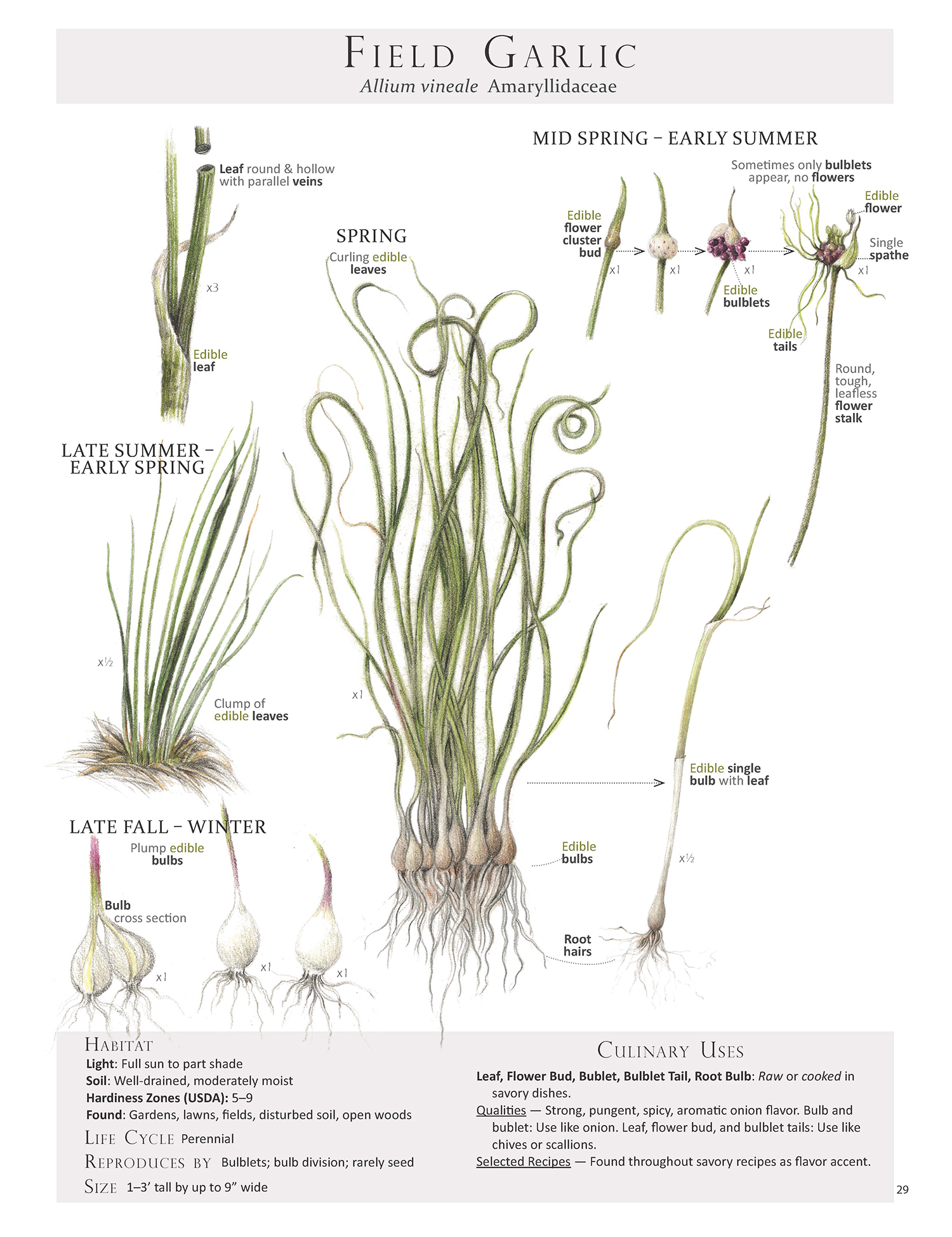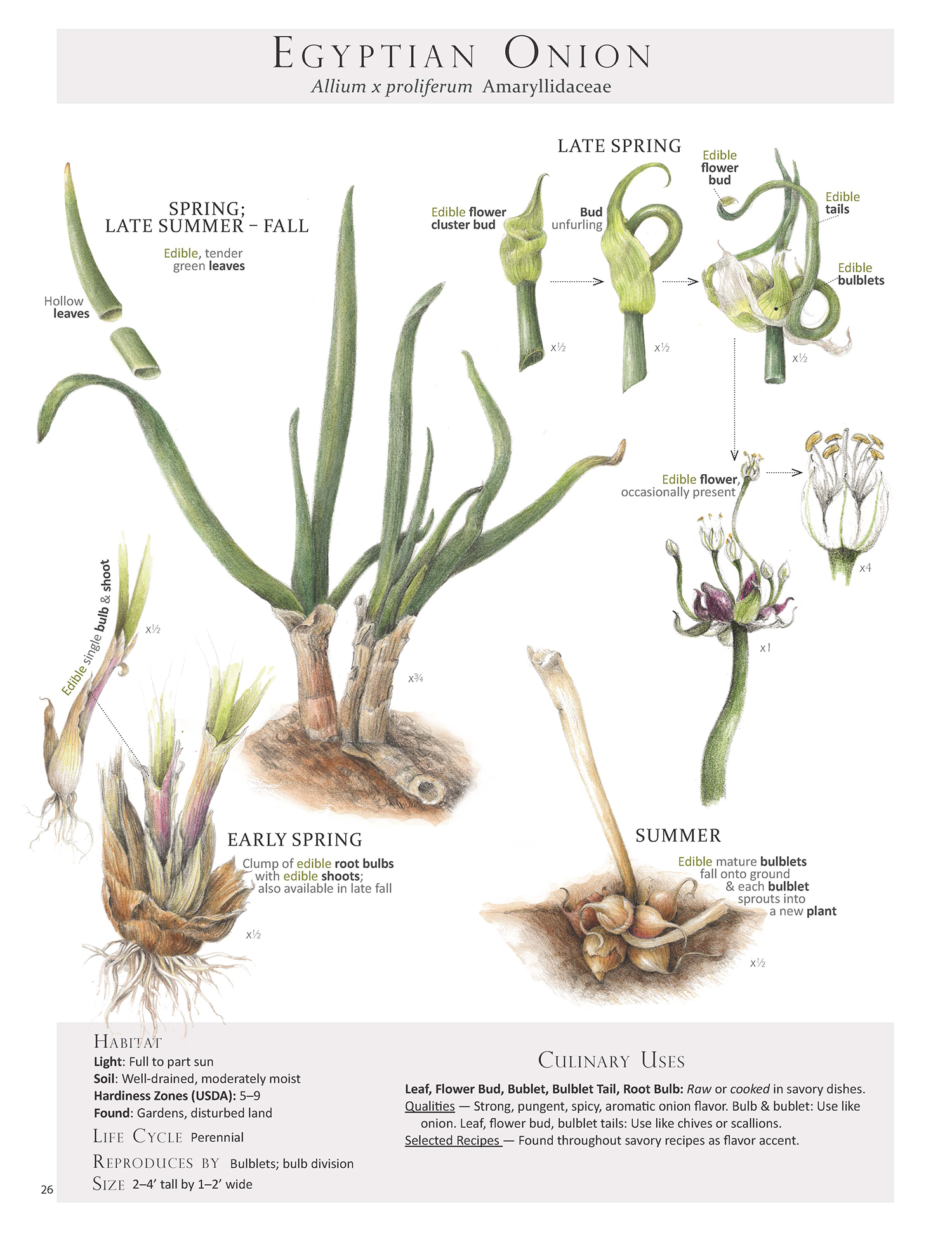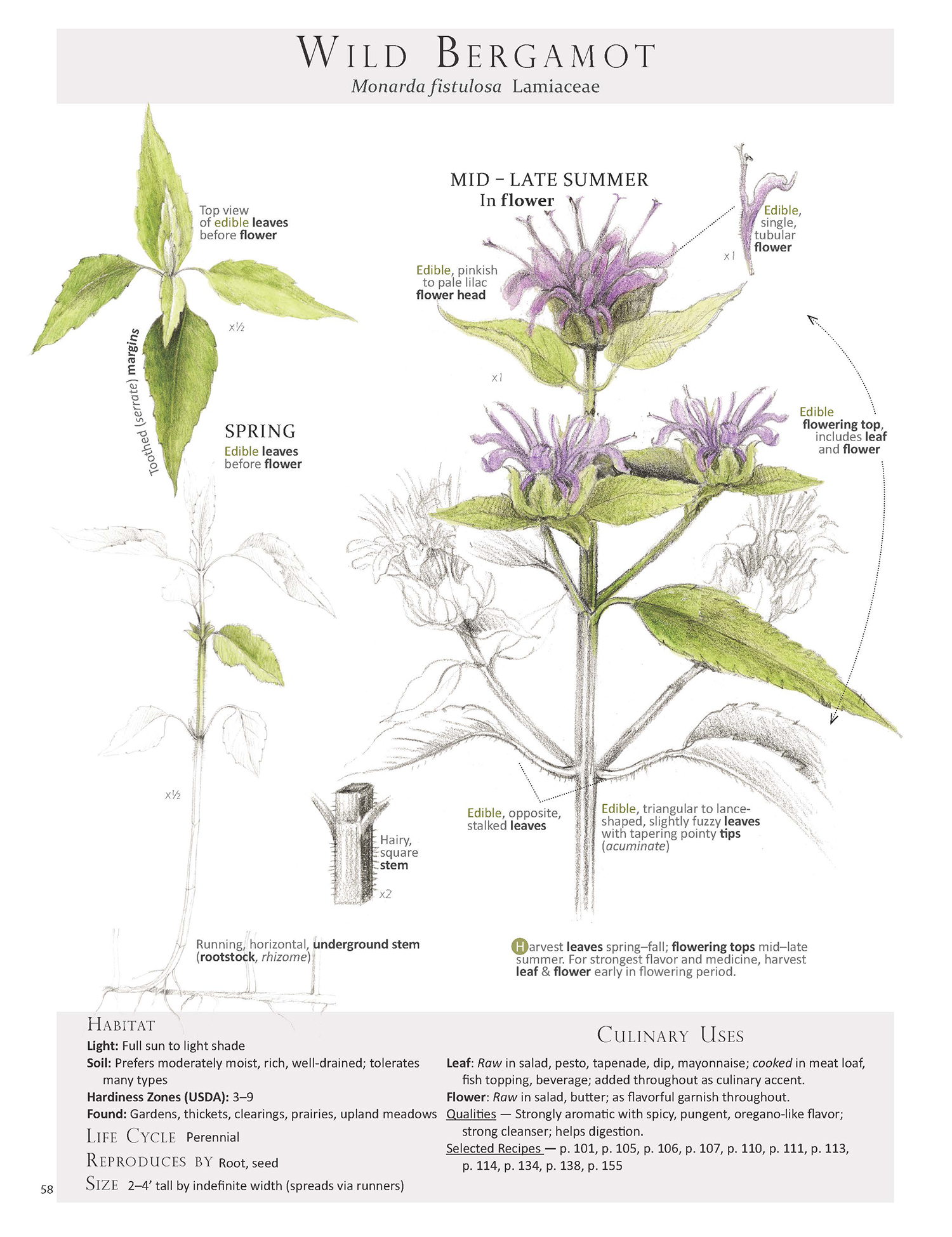Makes about 3/4 cup
These zesty, pungent herbal salts can replace plain salt in many recipes and are especially tasty on salads, cooked veggies, grains, eggs, fish, roasted meats, popcorn, bread, etc. To make a delectable dipping sauce for bread pour 2 tablespoons of cold-pressed olive oil into a small saucer and sprinkle with ¼ teaspoon of Herbal Sea Salt.
2–3 oz by weight (about 1½ tightly packed cups) fresh aromatic plant, tough stems removed
4 oz by weight (about ½ cup) full-spectrum coarse sea salt such as Celtic Sea Salt
Mince plants and place in a bowl. Add salt and mix thoroughly. Spread plant-salt mixture thinly onto a baking pan and place in dehydrator, very low oven, or other gentle source of dry, warm, well-ventilated air. Ideal drying temperatures are between 100–115ºF (higher temperatures degrade aromatic oils, which means less flavor), and it takes about 2–4 hours for the mixture to dry. Once plants easily powder when crushed between fingers, they are thoroughly dry. At this point you can use the mixture or, for a finer texture, grind it in a mortar and pestle or coffee/seed grinder. Store tightly sealed in jars with tight-fitting plastic (or other non-metallic) lid as salt corrodes metal. Herbal Sea Salt keeps indefinitely, but the aromatics diminish over time.
Variations:
Meadow Meets Sea Salt: Following the Herbal Sea Salt Master recipe, use 2 oz (about 1 cup) field garlic greens or Egyptian onion greens, 1 oz (about ½ cup) wild bergamot leaves, include flowers if available, and 4 oz Celtic Sea Salt.
Garden Meets Sea Salt: Following the Herbal Sea Salt Master recipe, use 2 oz (about 1 cup) chive (include flowers if available), 1 oz (about ½ cup) hardy marjoram leaves — or oregano, thyme, or savory — and 4 oz Celtic Sea Salt.
Herbal Medley: Herb de Provence Sea Salt: Following the Herbal Sea Salt Master recipe, use ½ oz (about ¼ cup) chive (include flowers if available), ½ oz (about ¼ cup) basil leaves, ½ oz (about ¼ cup) hardy marjoram leaves, ½ oz thyme leaves (about ¼ cup), 2 teaspoons fennel seeds, a large pinch of rosemary, a small pinch of lavender blossoms, and 4 oz Celtic Sea Salt. After herbs are dry, grind the mixture before using.
Zatar: A Middle Eastern Condiment: Following the Herbal Sea Salt Master recipe, use 1 oz (about ½ cup) wild bergamot (or oregano leaves), 1 oz (about ½ cup) thyme leaves, 1 oz (about ½ cup) hardy marjoram leaves, and 4 oz Celtic Sea Salt. When herbs are thoroughly dry, mix in ¼ cup ground sumac berries (Rhus coriaria, found in Middle Eastern food shops) and ¼ cup ground sesame seeds, preferably soaked and dried, or lightly roasted. Yields more than the master recipe, about 1¼ cups.
Herbal Gomasio: A Japanese Condiment: Following the Herbal Sea Salt Master recipe, use 2 oz (about 1 cup) field garlic greens or chives and 2 oz Celtic Sea Salt. When herb is thoroughly dry, mix in ¼ cup dried, ground seaweed such as dulse or kelp and 2 ½ cups ground sesame seeds, preferably soaked and dried, then lightly roasted. Yields more than the master recipe, about 3 cups. Note: traditional gomasio contains 1 part salt to 10 parts sesame seeds.
Toasting Sesame Seeds: To lightly roast sesame seeds, place them in a heavy skillet (I like cast iron) and put the skillet over very low heat for about 6–7 minutes, stirring the seeds constantly. Once cooled, the seeds can be ground if desired.
The recipe and plant map illustrations are from our book Foraging & Feasting: A Field Guide and Wild Food Cookbook by Dina Falconi, illustrated by Wendy Hollender Book Link: http://bit.ly/1Auh44Q



